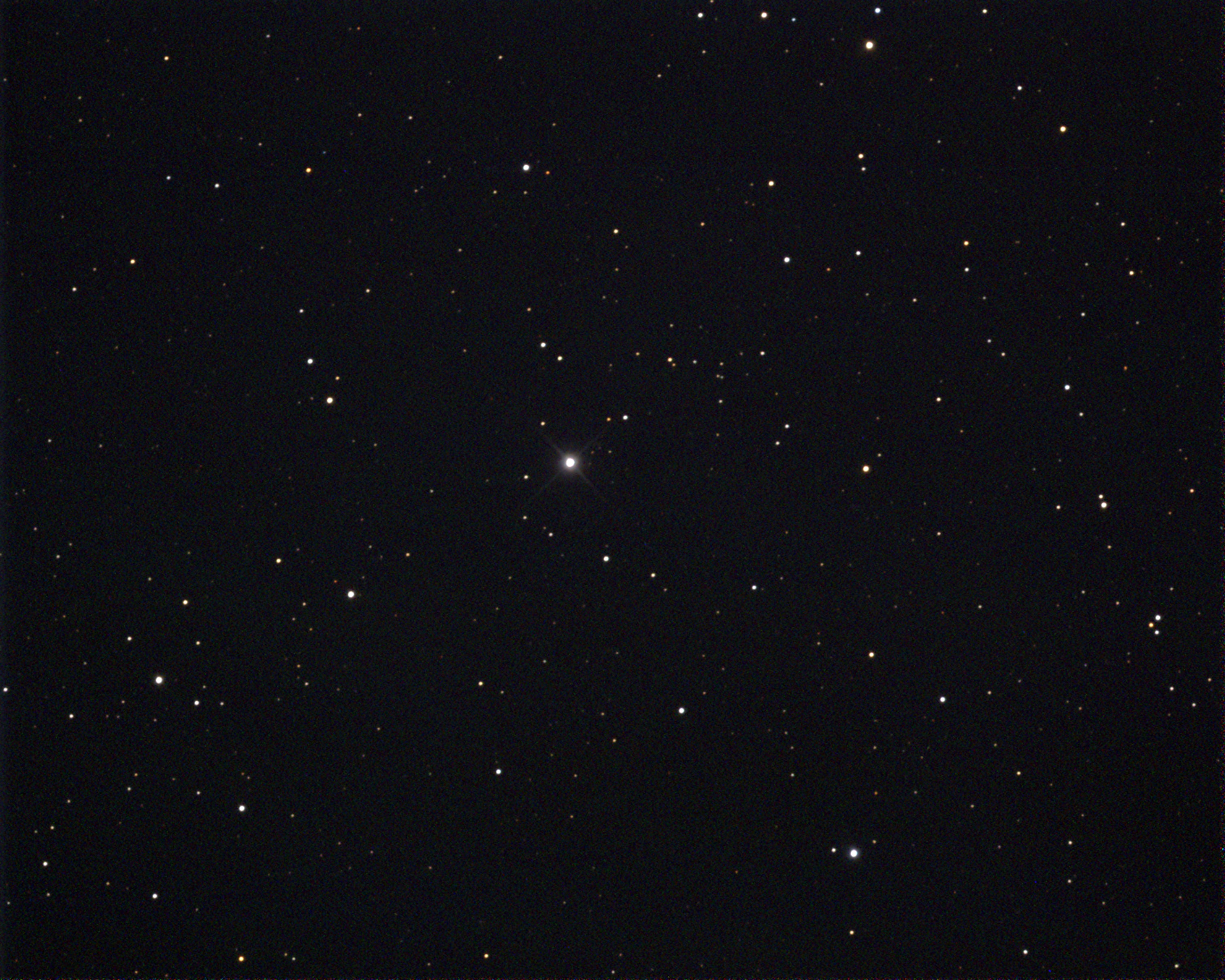
RR Lyrae, an old yellow giant star 850 light-years distant in northwest Lyra, near the border of Cygnus, is the prototype of one of the most important classes of pulsating variable stars. RR Lyrae-type stars can be used as standards for measuring distances in space, especially for globular clusters. Harvard College Observatory astronomer Williamina Fleming discovered RR Lyrae itself while examining a photographic plate taken on July 13, 1899. Further investigation showed the star varying in brightness every 13.6 hours from magnitude 7 to 8.
Fleming also noted that this variable behaved like other variable stars she had previously discovered in globular star clusters; as RR Lyrae was by far the brightest and easiest to observe spectroscopically, it became the eponym of the class. Her discovery was, in fact, peculiar, as it was the first RR Lyrae-type star to be discovered outside of a cluster.
In 1916, Harvard astronomer Harlow Shapley noted that the shape of RR Lyrae’s light curve and the timing of its peaks cycle through a span of 40 days. The phenomenon became known as the Blazhko effect, after Russian astronomer Sergei Blazhko, who in 1907 first observed similar behavior in the RR-Lyrae-type variable RW Draconis. To this day, astronomers do not have an adequate understanding of what causes the effect.
Shapley also used RR Lyrae-type variables to systematically determine the distance and distribution of globular clusters around our galaxy. This study led him to believe that the Milky Way is 300,000 light-years in diameter and that our Sun was not at the center, but rather some 60,000 light-years from it. While he was off by a factor of 2 or 3, he had the basic picture right.









